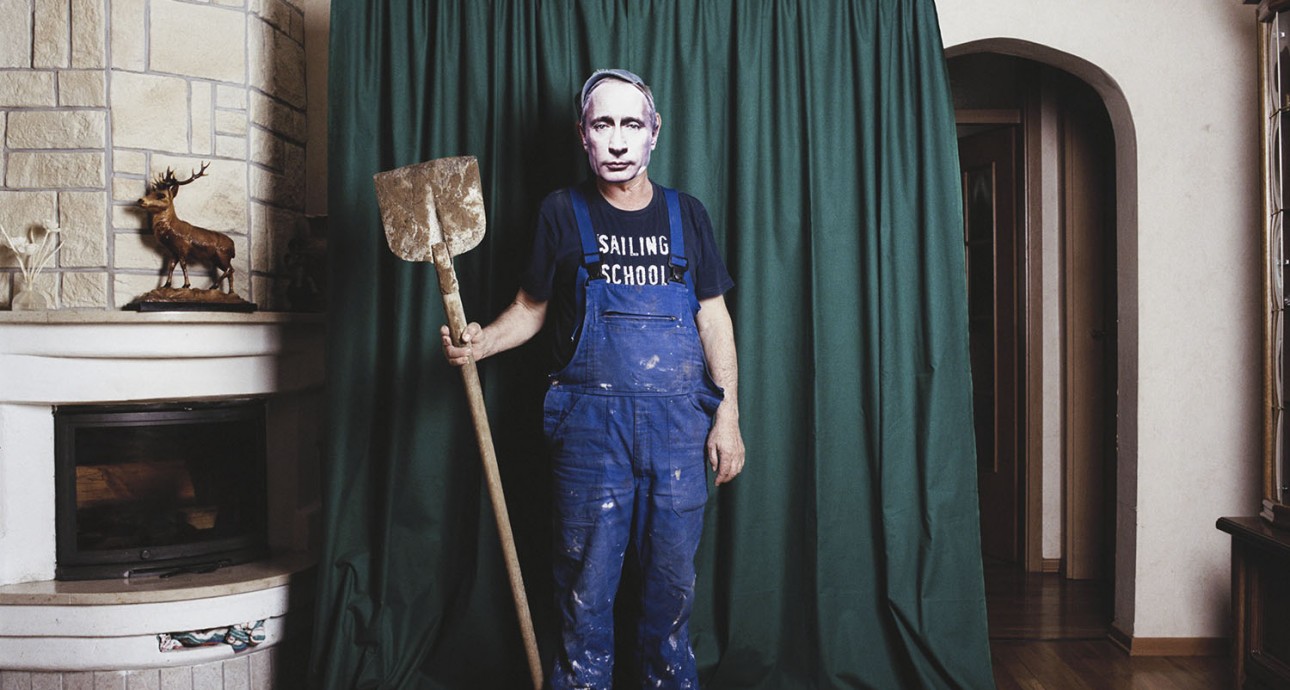
Took Berlin: Portraits of the Russian Germans
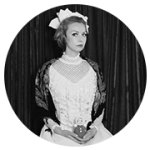
Was born in Bishkek, Kyrgyzstan, and grew up in Espelkamp in Germany. Studied artistic photography under the tutelage of Ludwig Rauch at the Ostkreuzschule in Berlin. Published her works in The Guardian, Calvert Journal, iGNANT.
250 years ago, about 30,000 Germans emigrated to the Russian czardom with the hope of a better life. In the late 20th century many of their descendants returned back to Germany, where by now they compose one of the largest immigrant groups. They are usually called Russian Germans.
Nearly 4.5 million immigrants have returned to the home of their ancestors from the Soviet Union and the countries that emerged after it collapsed. The majority only knew Germany from stories. Upon arrival they had to quickly realize that their identity was no longer purely German. Given their background and long history in the czardom as well as the Soviet Union, specific forms of an independent culture emerged after their return to Germany — neither totally Russian nor totally German.
In the project “Privet Germania“ (Hello Germany) I am concerned with the topic of lifestyle within German-Russian culture and its hybrid identity. I found most of the people on Internet forums, at schools, via acquaintances and special events for Volga Germans.
Specific forms of an independent culture emerged after their return to Germany — neither totally Russian nor totally German.
I stage portraits by using an analog camera and combining elements from painting, theatre, and atelier photography. In my partially absurd and detail-loving images, I play with Russian culture and simultaneously — with the aid of theatrical implementations within the personal living spaces of the protagonists — break classical photographic conventions.
The combination of props and the ever-present cloth background, which seems to act like a foreign element or even an interference, emphasizes the individuality of those represented and isolates them from their privacy. The staging, which is made deliberately visible, creates a frame. Thus, the compositions recall those paintings. Through this manner of staging, I leave it to the viewer to decide how much truth to project onto the photographs.
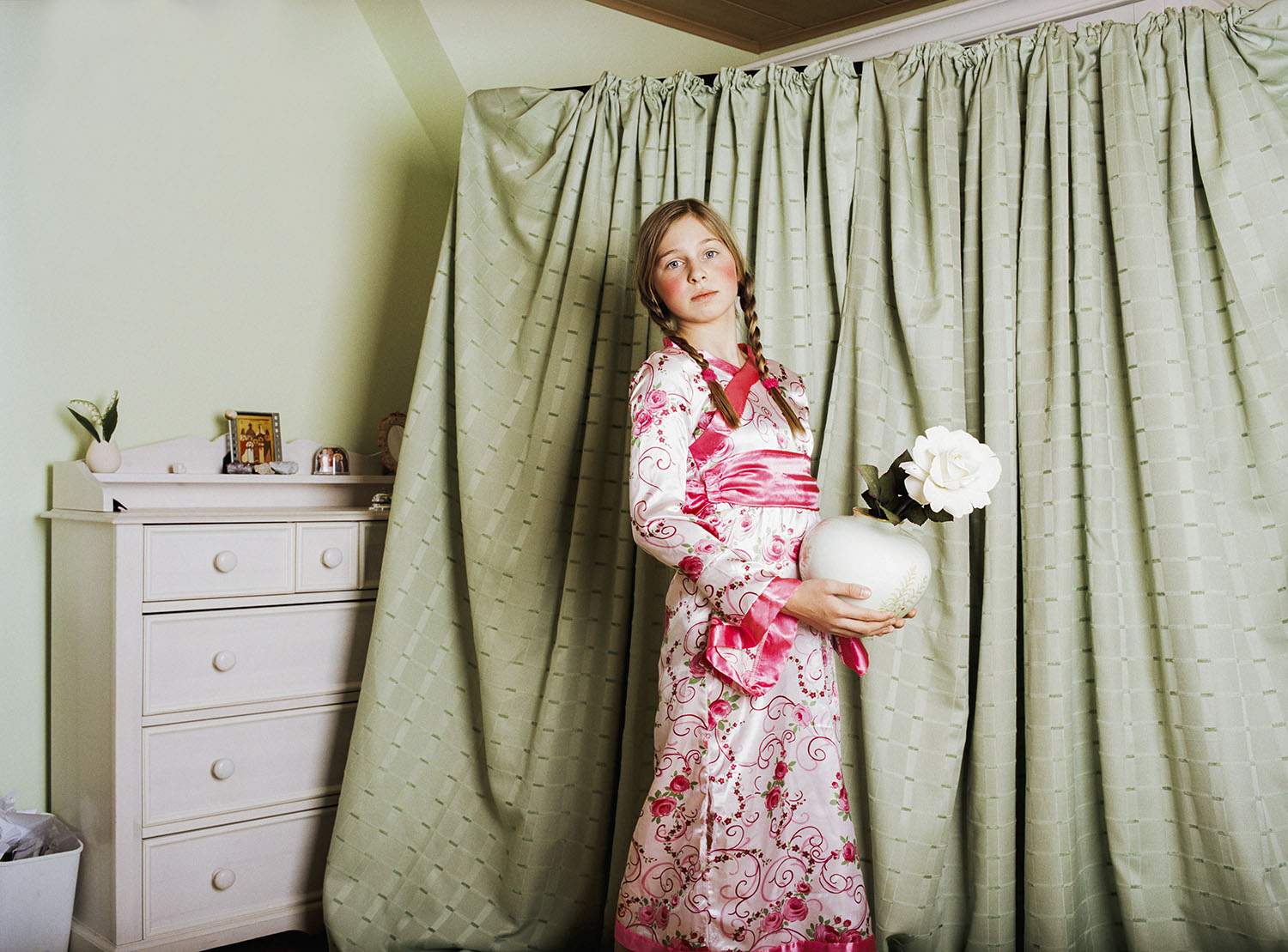
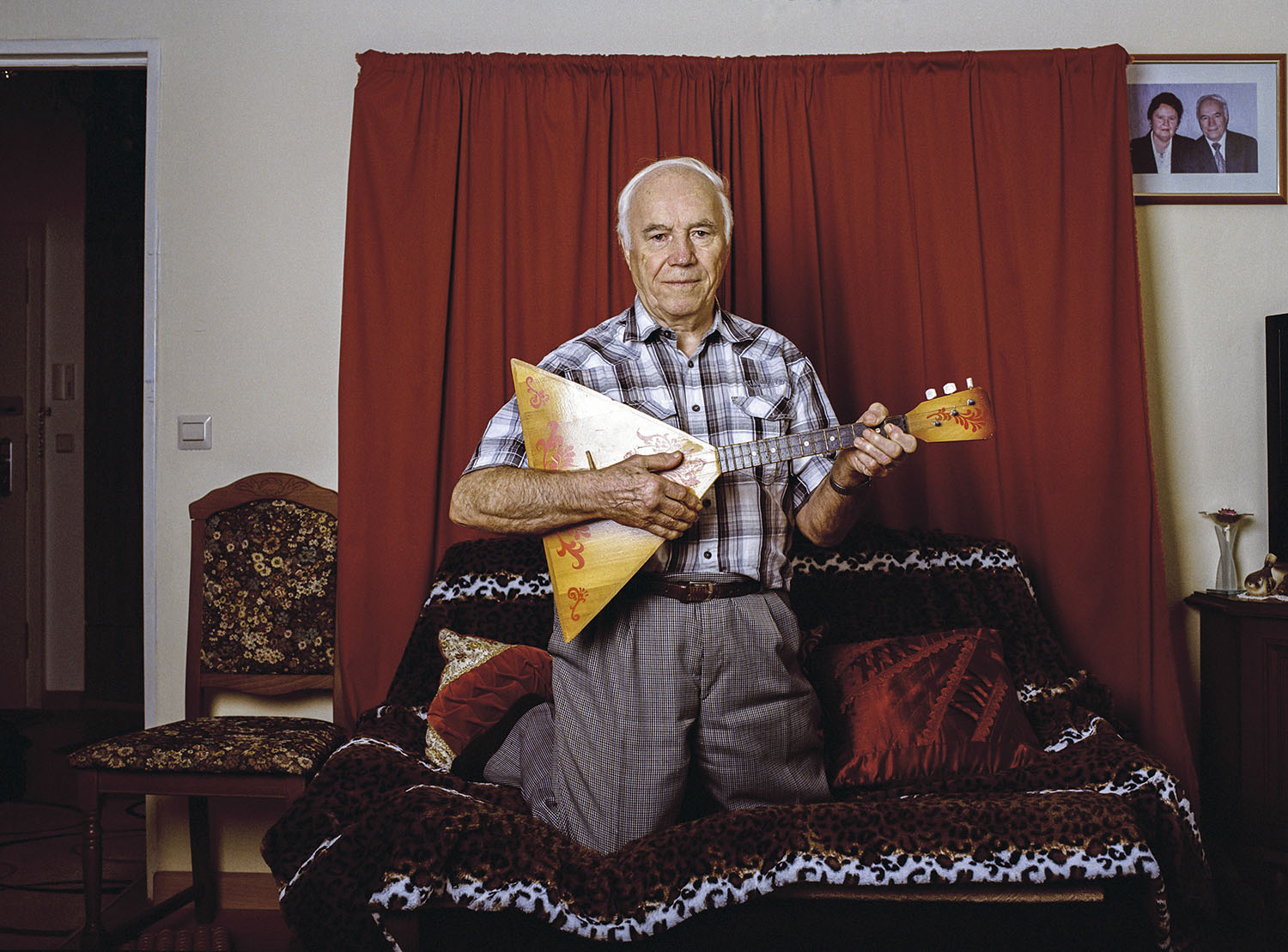
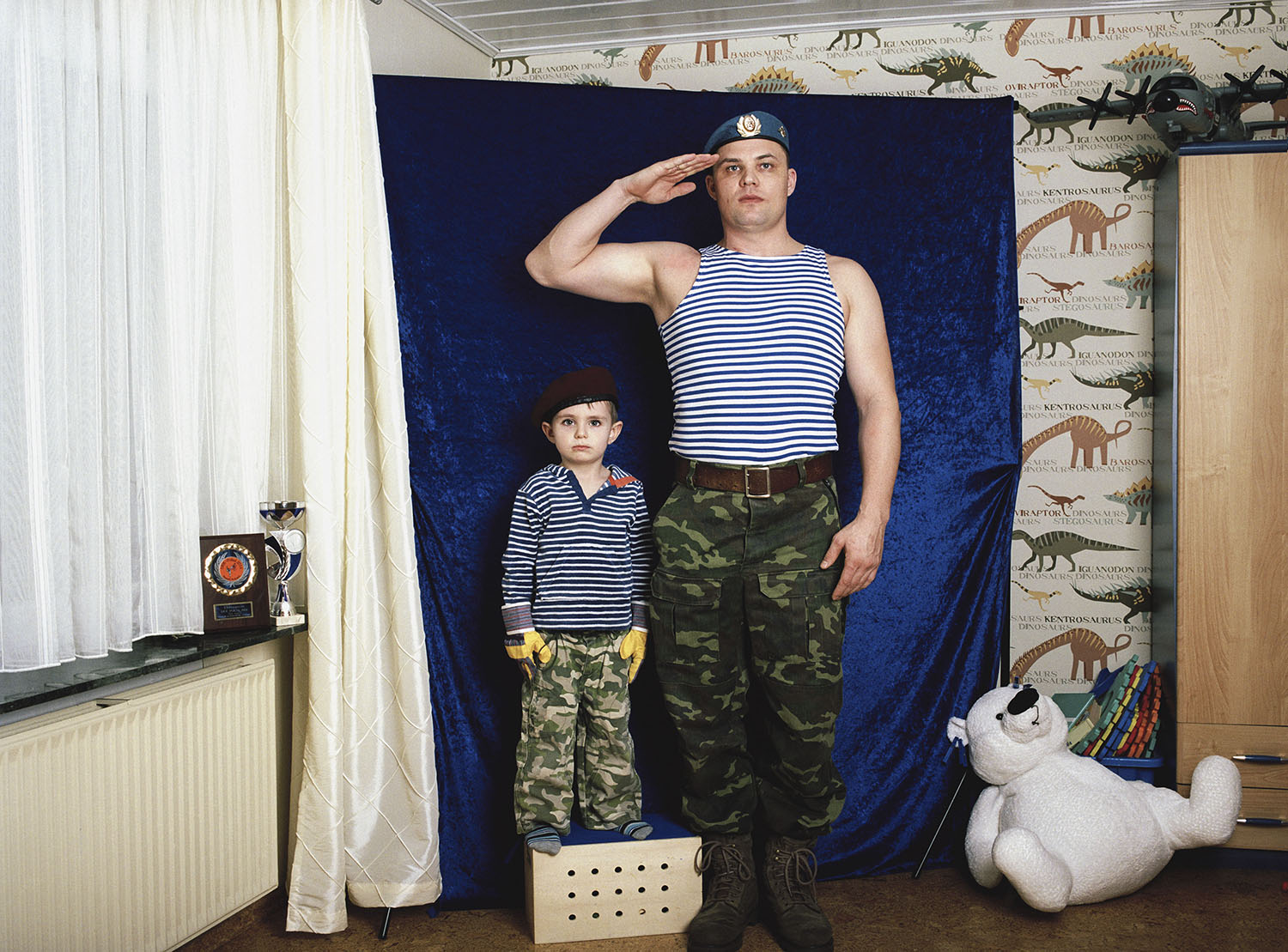
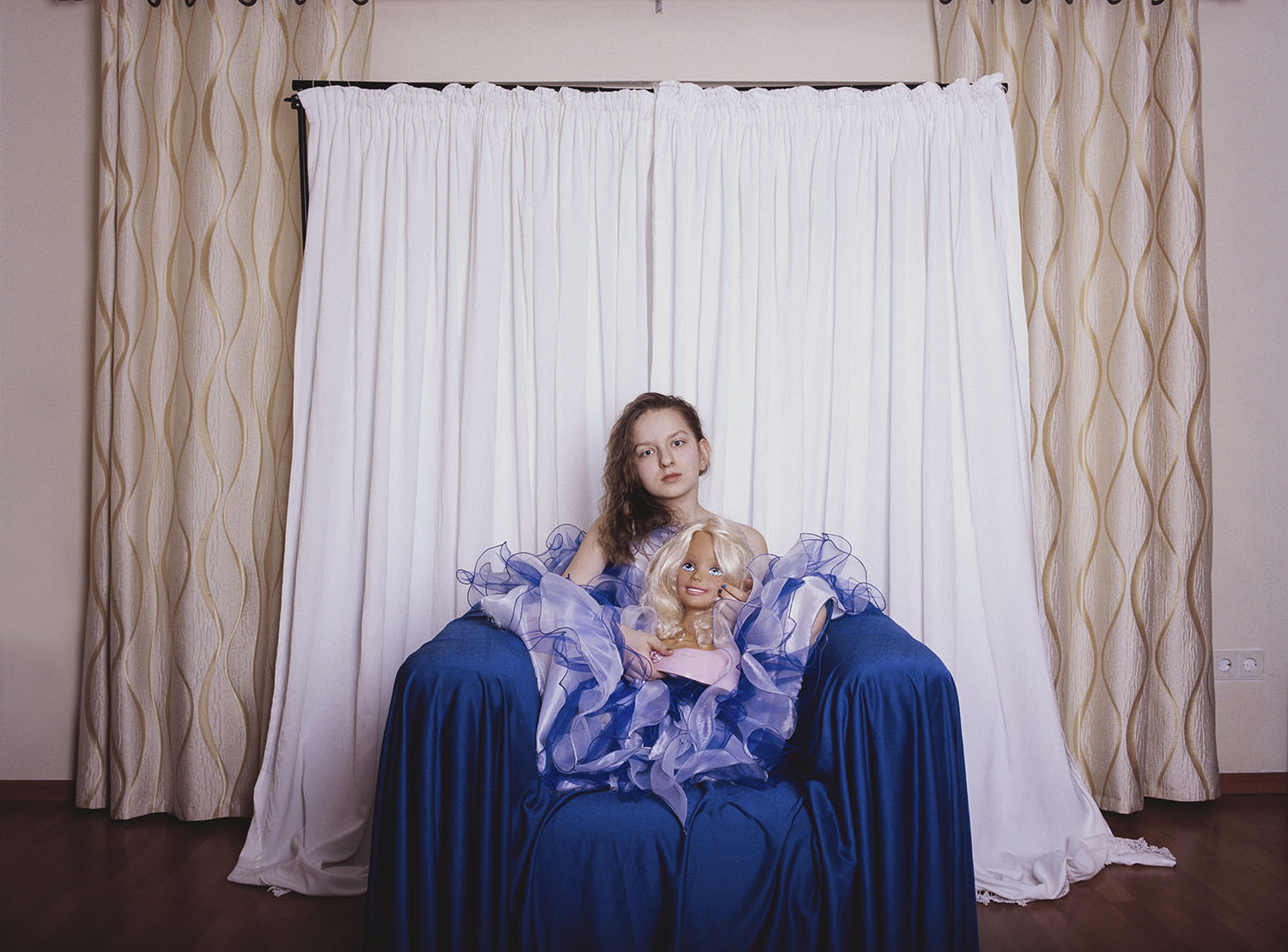
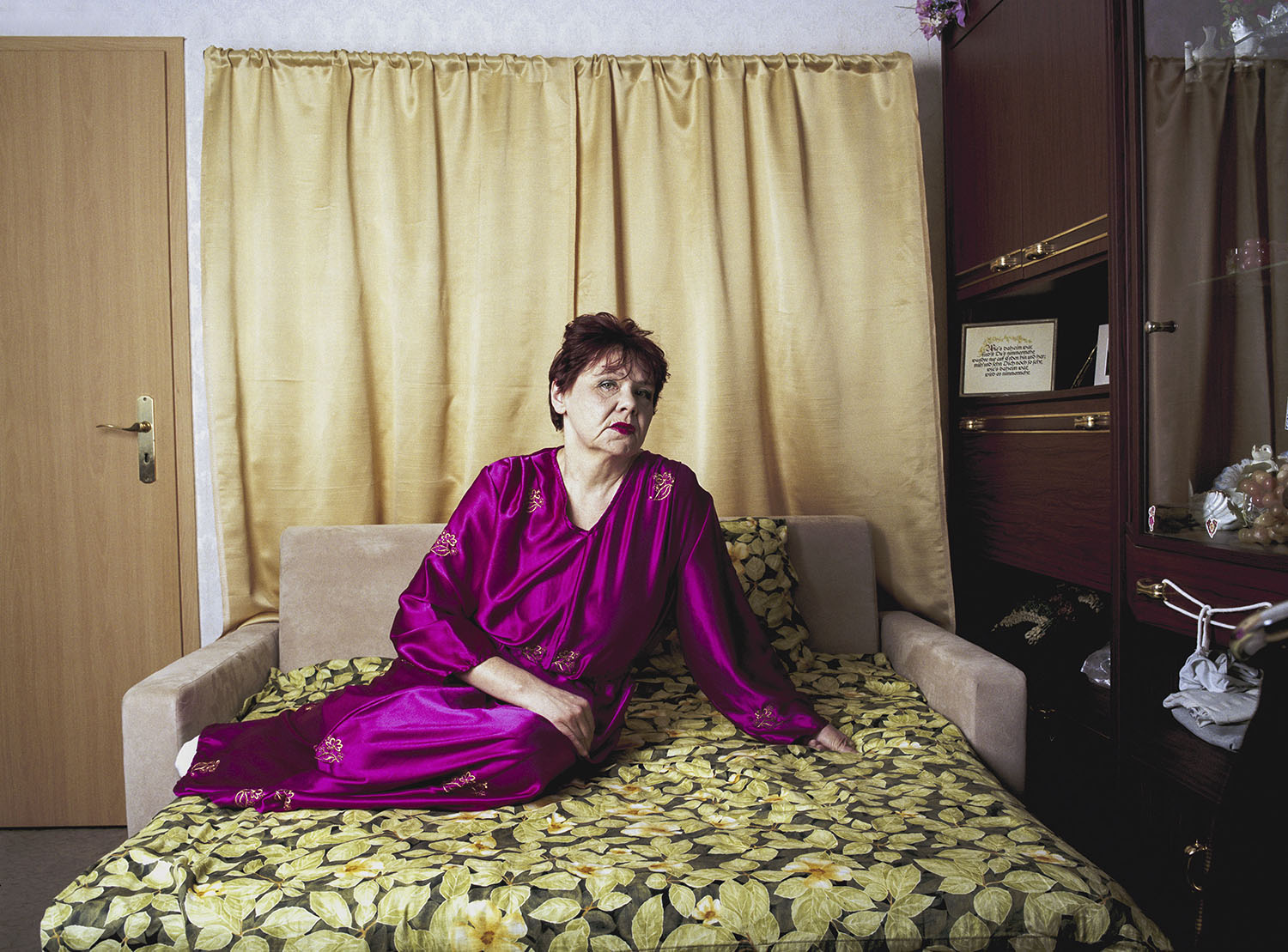
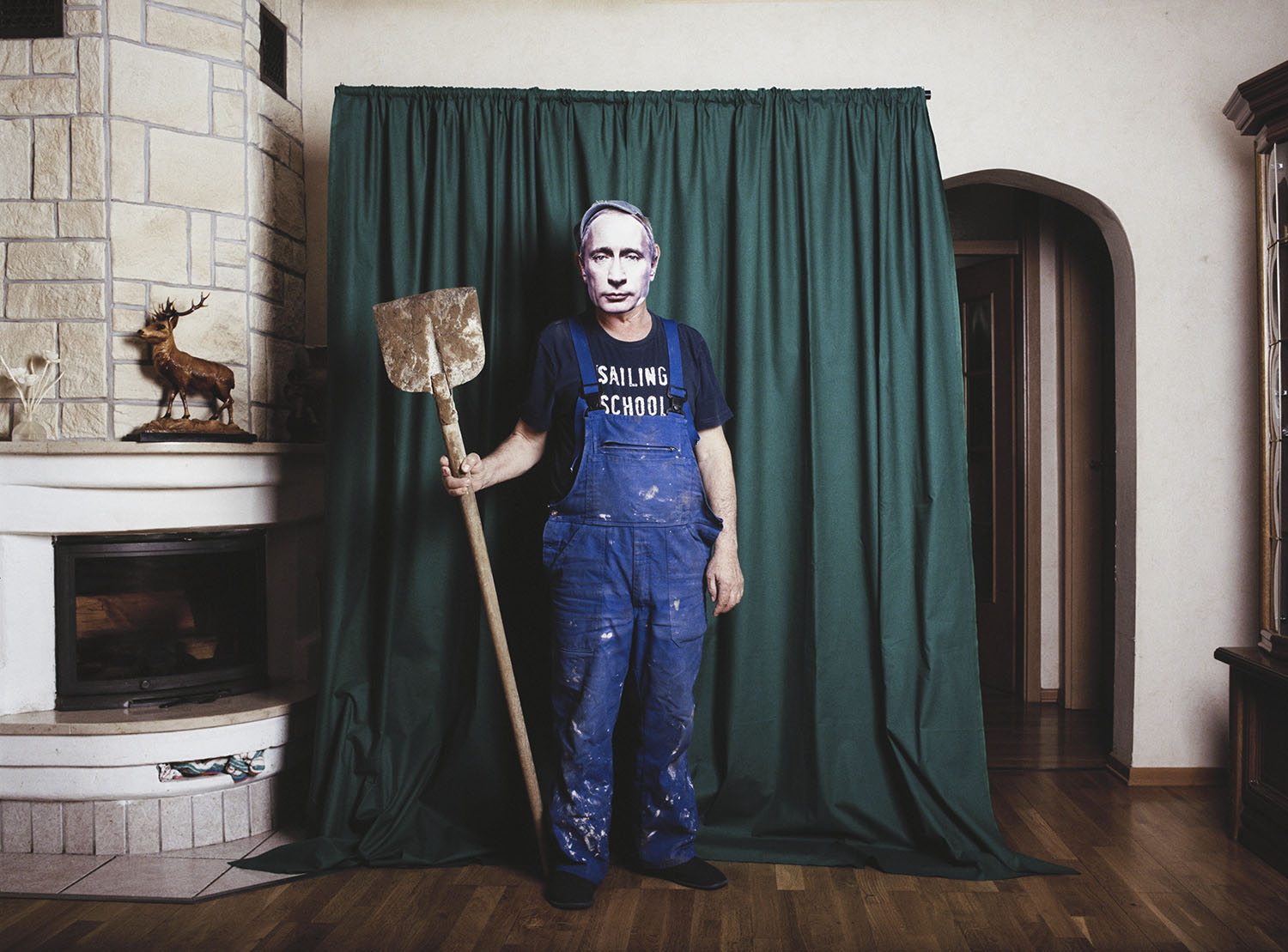
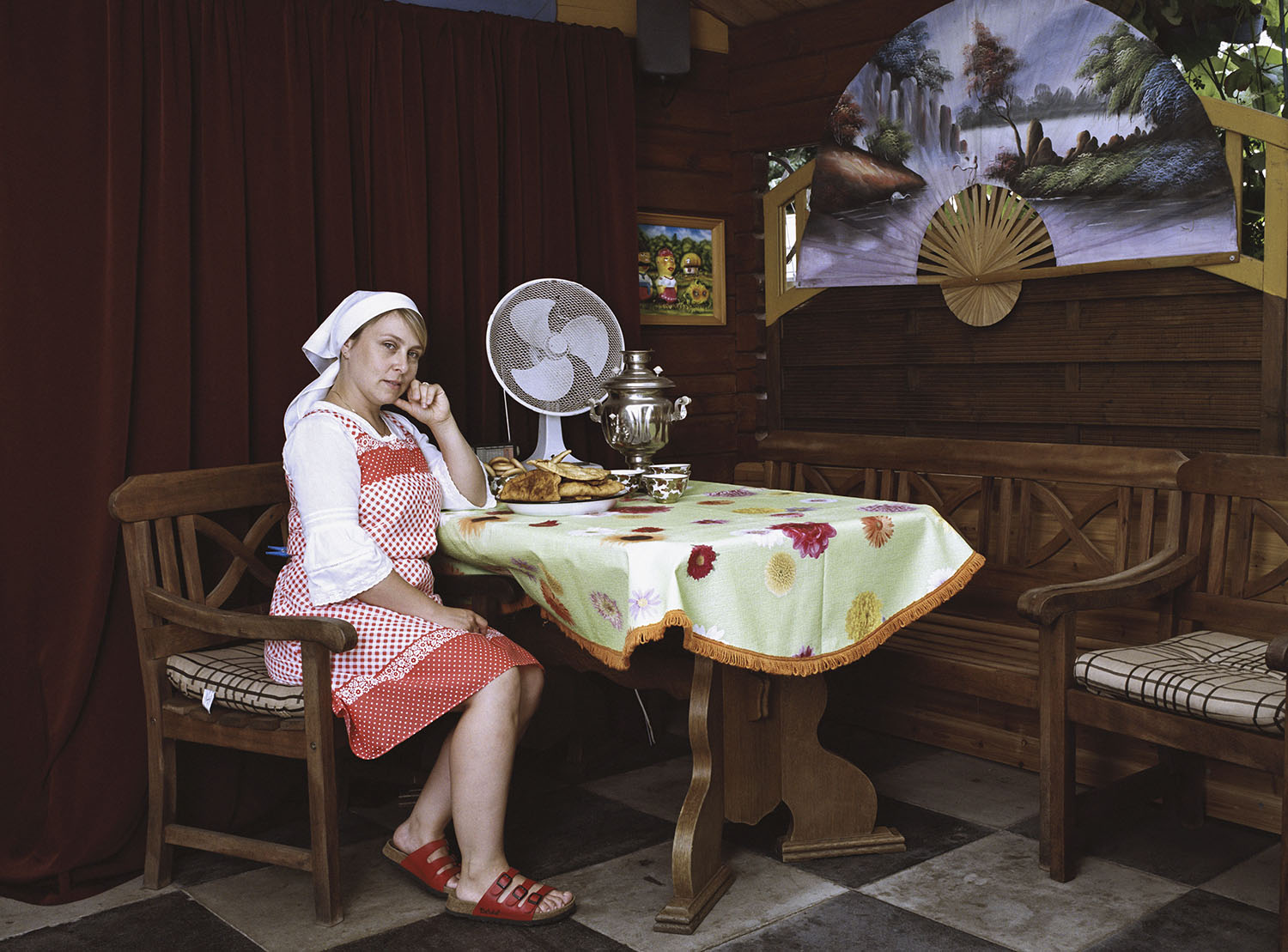
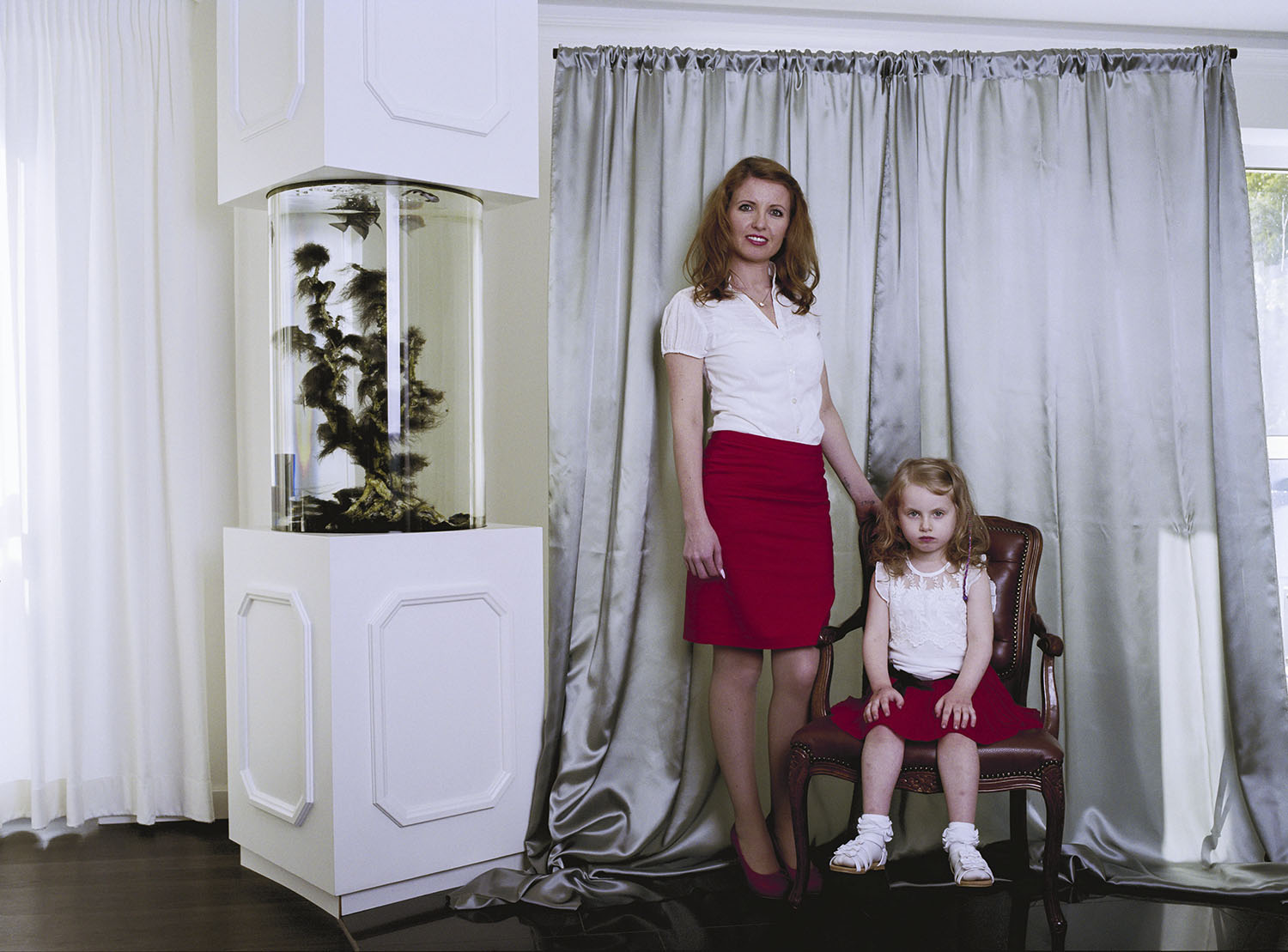
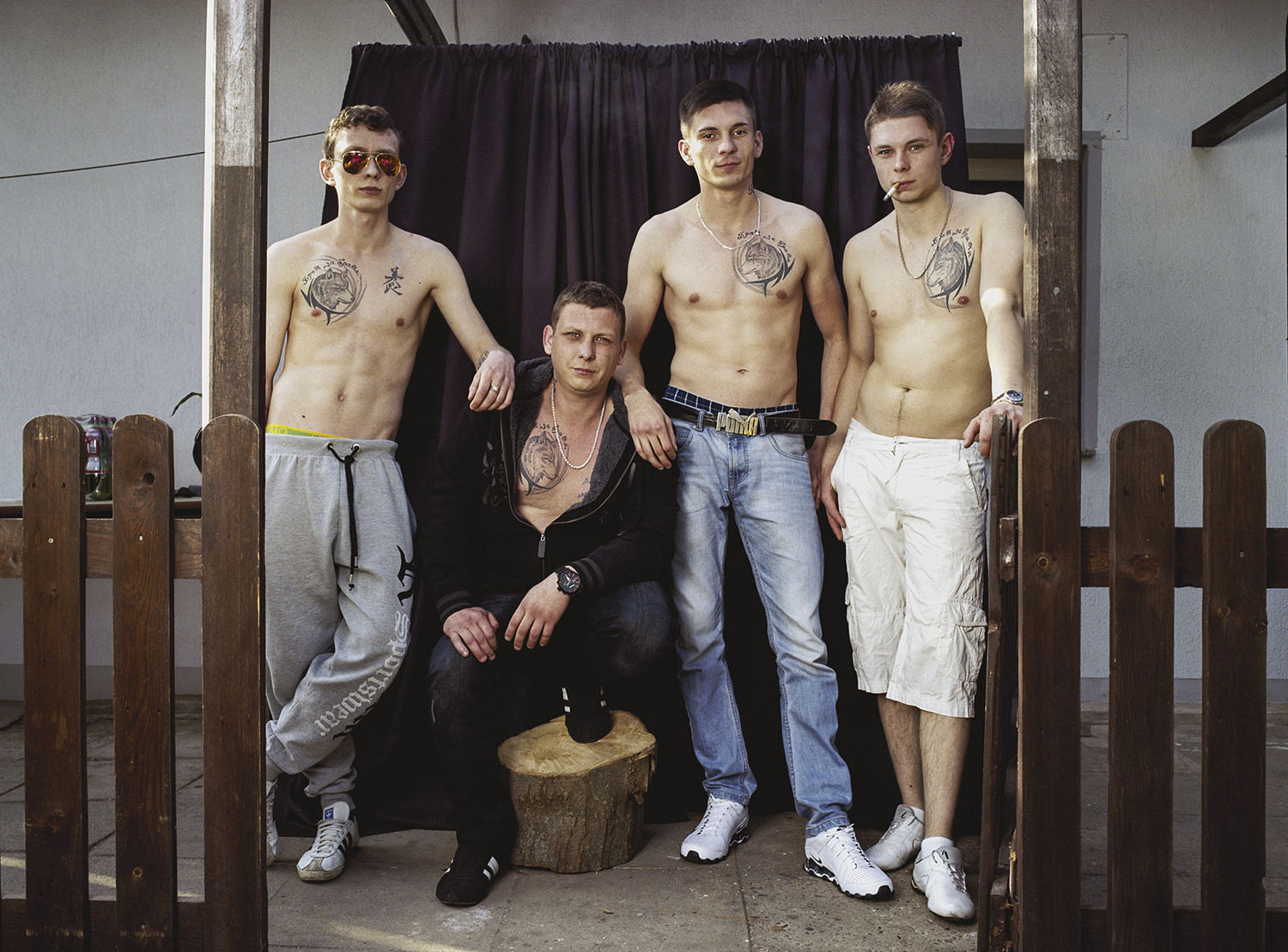
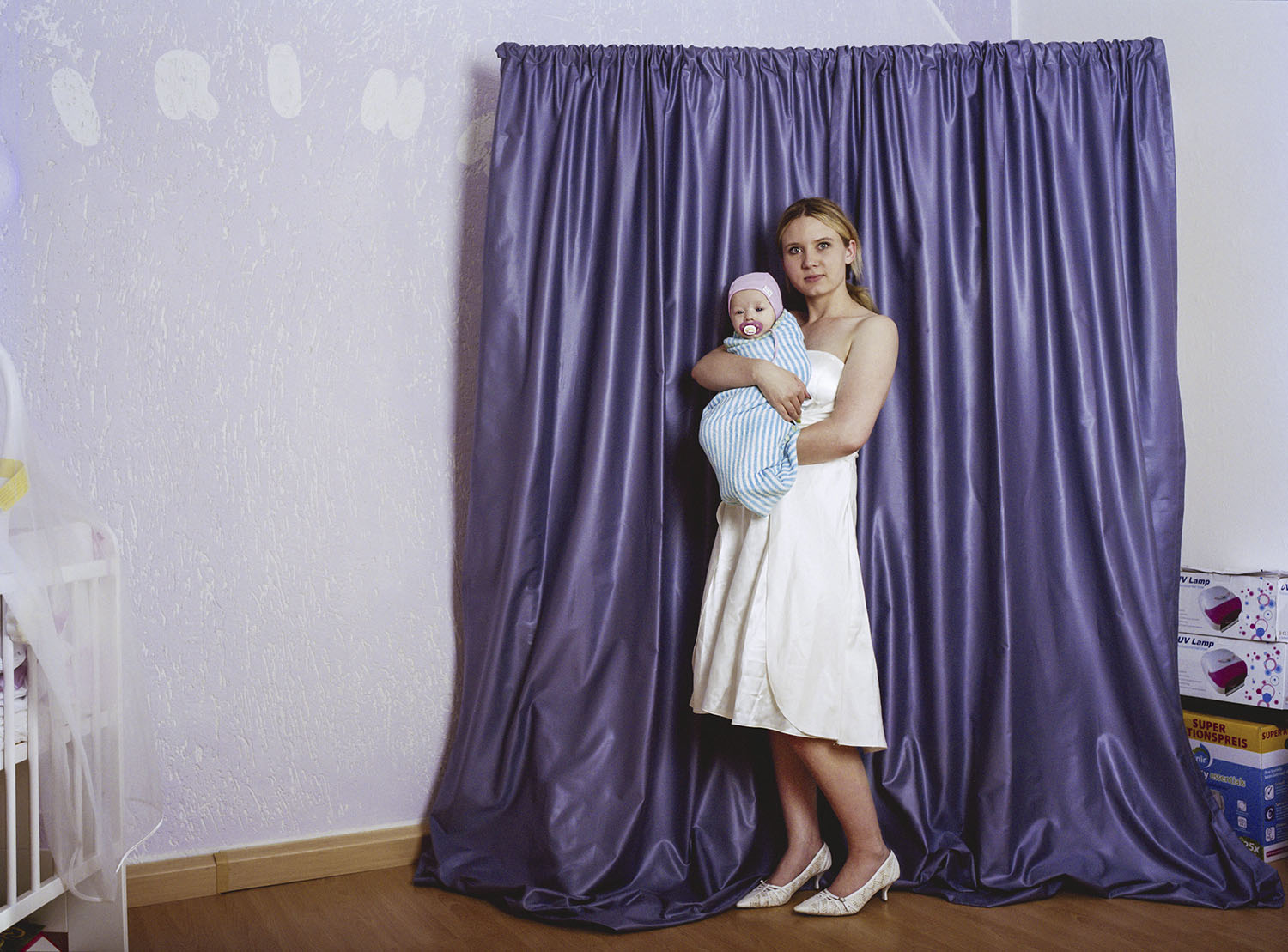
New and best




